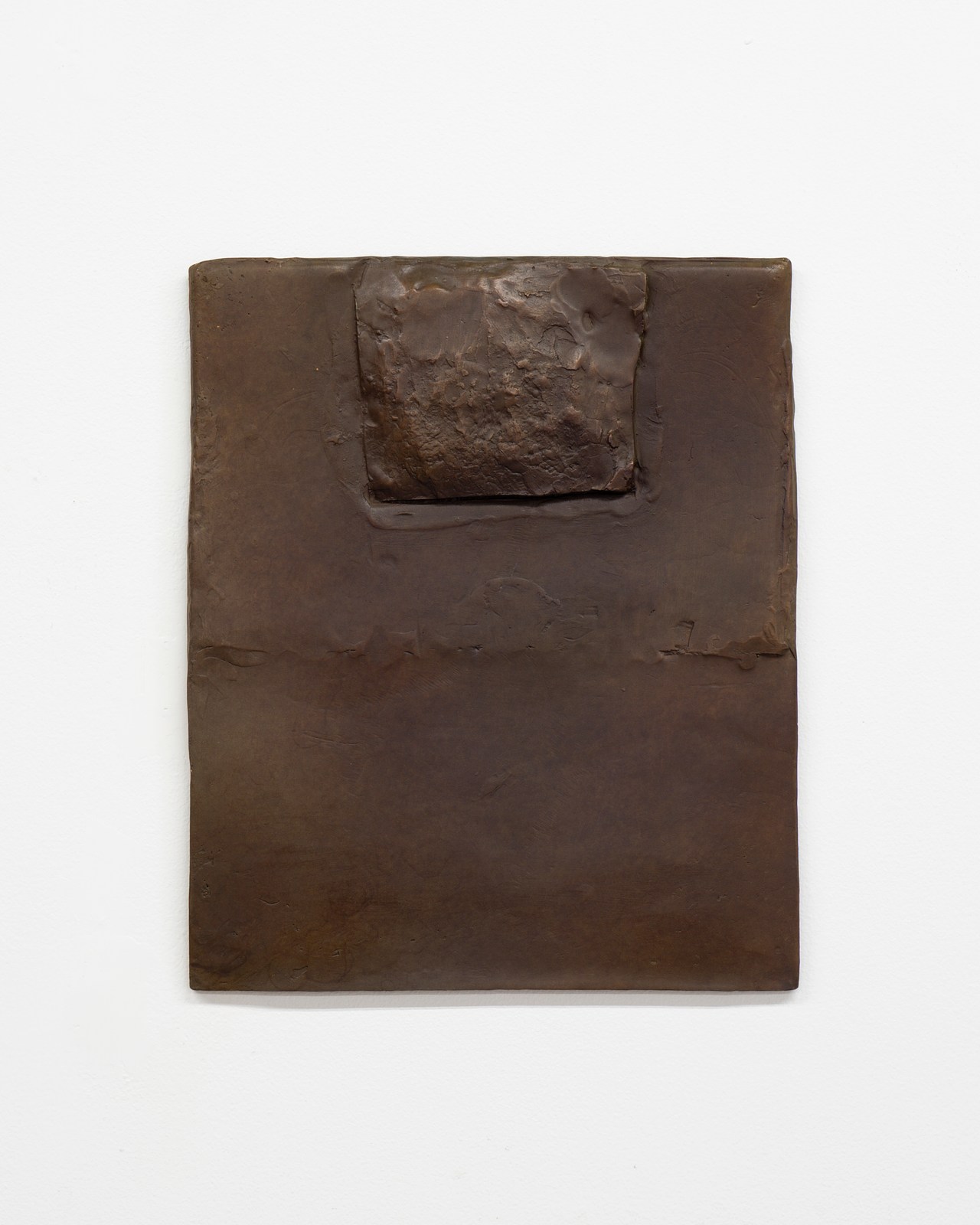Nikita Gale, a Los Angeles–based artist best known for installations that mesh unexpected elements, pairing video and sound equipment with industrial materials like concrete and metal barricades, has been named the winner of the Whitney Museum’s Bucksbaum Award, which goes to a participant in the Whitney Biennial and comes with $100,000.
Gale is among the most closely watched artists today. For the 2018 edition of the Hammer Museum’s Made in L.A. biennial, the artist presented a sculptural and sound installation titled PROPOSAL: SOFT SURROUND SYSTEM (2018), dissecting the roles music and physical barriers play in galvanizing protest and mass detainments. In 2022, when Gale’s work was shown at 52 Walker Street, the New York Times argued the artist has become part of a distinct group of women artists of color applying new rules to minimalism that were set in place by an older generation of male predecessors.
For the 2024 Biennial, titled “Even Better Than the Real Thing,” Gale presented a player piano for the installation TEMPO RUBATO (STOLEN TIME). But instead of playing its set tune, Gale has made it so the piano emits no sound, other than the clanking of the keys as they are activated. Additionally, the installation, presented in a black box, is dramatically lit, with the lights oscillating up and down as if on a dimmer.
“Works like TEMPO RUBATO decline to perform to the viewer’s liking,” ARTnews senior editor Alex Greenberger wrote in his review of the exhibition. “In doing so, they refuse their viewers’ gaze, mirroring an unwillingness by many artists here to participate in structures that seek to oppress them.”
Gale’s work, relating the body to technology, was selected as the winner by a six-person jury, that included the Biennials cocurators, Chrissie Iles and Meg Onli, as well as Whitney Museum director Scott Rothkopf, Hammer Museum curator Erin Christovale, University of Virginia art history professor David Getsy, and Leslie-Lohman Museum of Art chief curator Stamatina Gregory.
Copyright
© Art News















